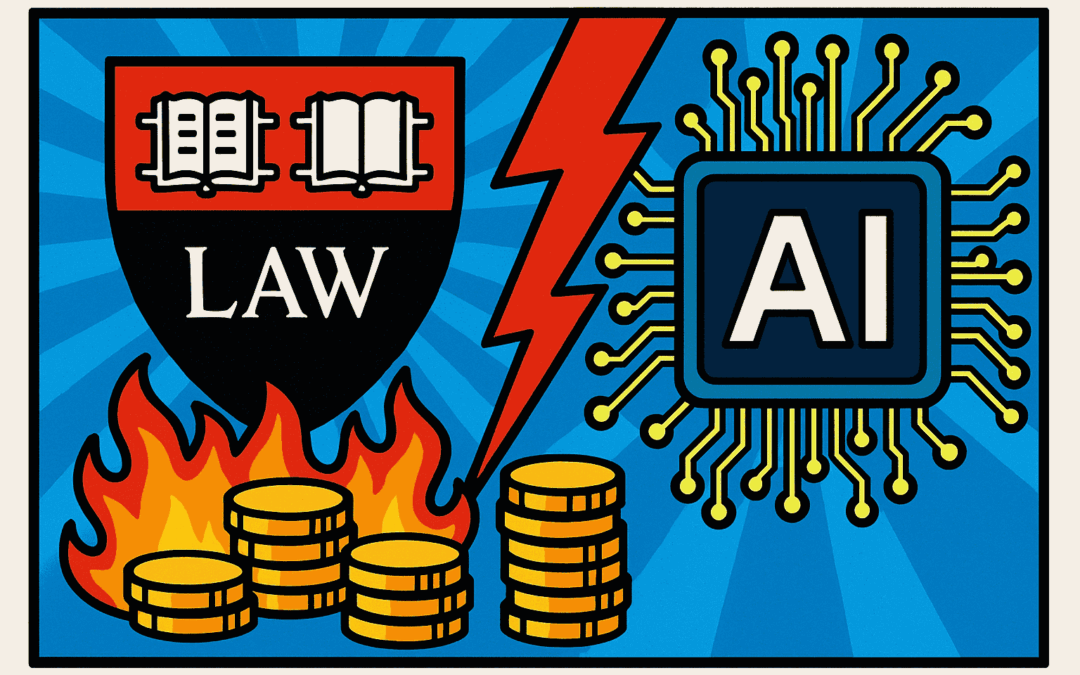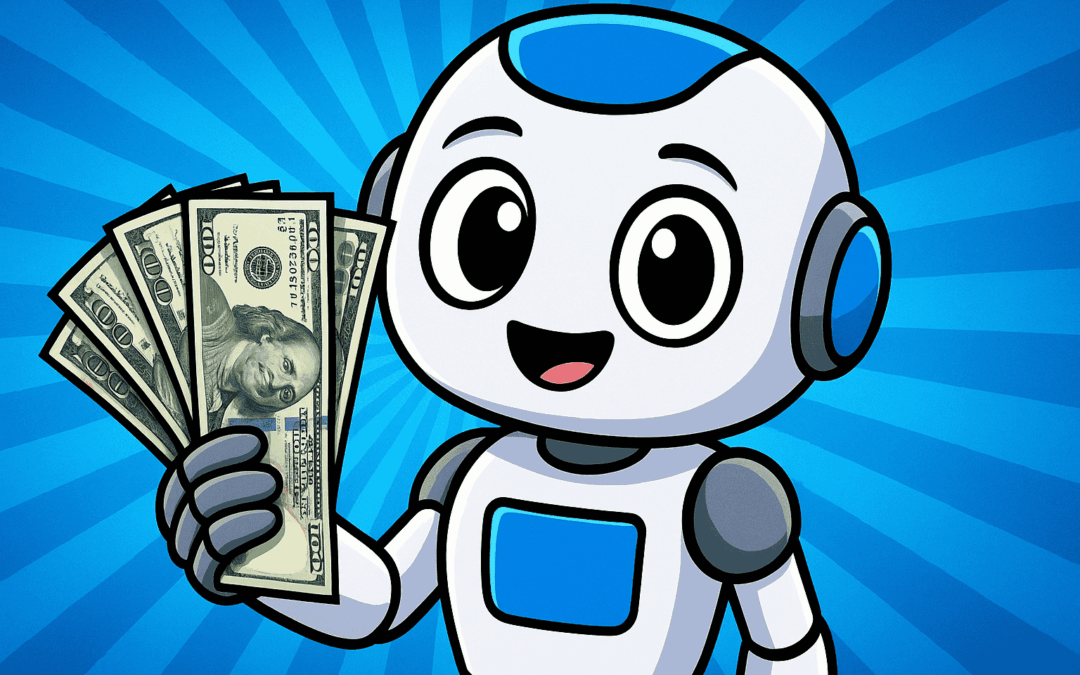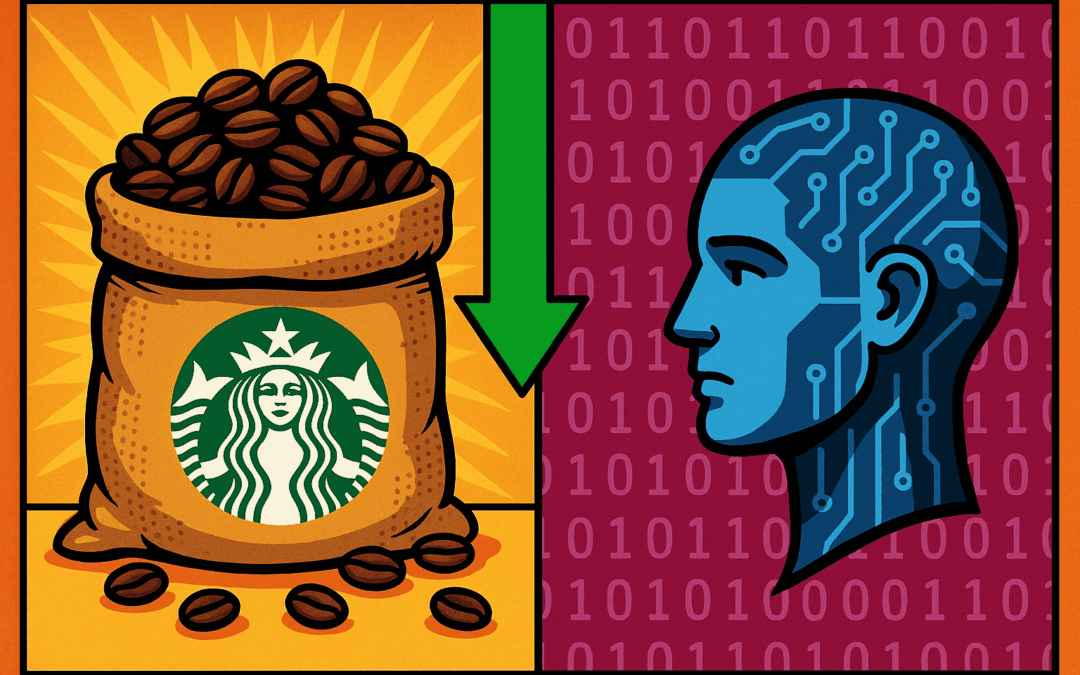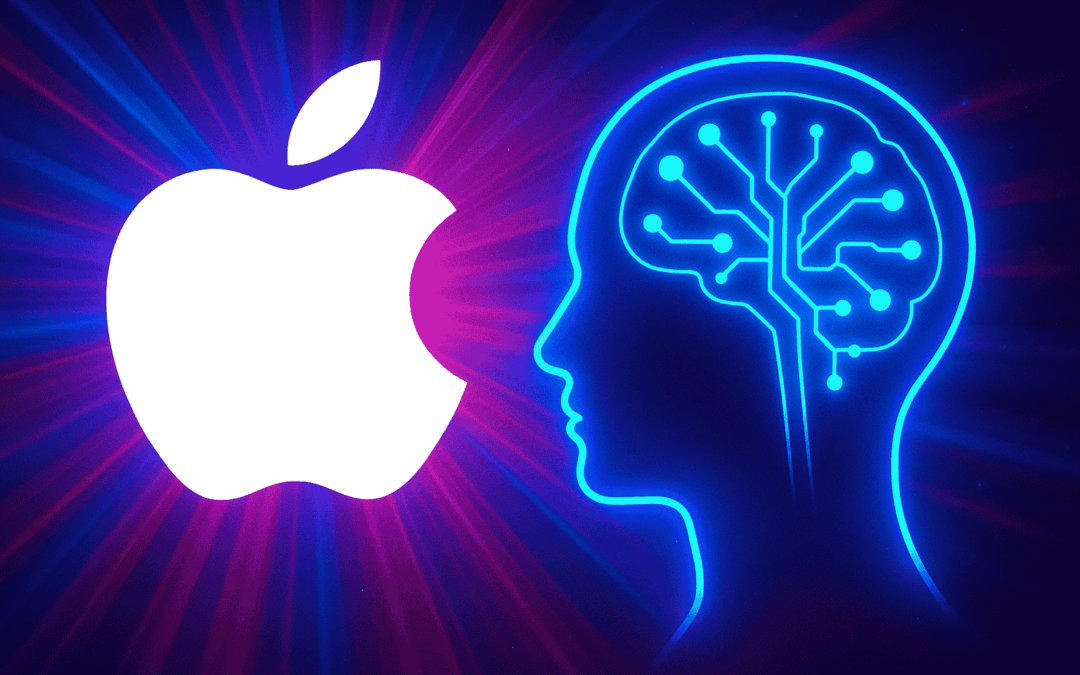The ongoing surge in AI innovation is reshaping the power dynamics between foundational model providers and enterprises leveraging generative AI.
As industry giants such as OpenAI, Google, and Anthropic develop powerful LLMs, their downstream customers—including startups and established tech powerhouses—are rapidly iterating with custom AI solutions.
This nuanced interplay signals an impending shift in AI value capture, technological differentiation, and strategic market control as key topics for developers, startups, and AI professionals watching the future of this sector.
Key Takeaways
- Enterprise adoption and integration of generative AI is accelerating, and many organizations are quickly customizing base LLMs to meet unique use-cases.
- The most lucrative opportunities in AI may not lie with original model creators, but with companies creating practical value on top of these models.
- AI tools and infrastructure are rapidly commoditizing, increasing pressure on foundational model providers to differentiate.
- Startups focused on domain-specific, workflow-integrated AI solutions are gaining traction—highlighting a pivotal path for new players.
Changing Dynamics in AI: From Model Creators to Solution Integrators
The foundational layer of generative AI—large language models such as GPT-4, Claude, and Gemini—has been dominated by a handful of tech behemoths. However, as
companies across sectors race to train, fine-tune, and deploy AI on proprietary data, the strategic center of gravity may be shifting away from model creation and toward application layer innovation.
Reports from TechCrunch and The Information indicate that an increasing number of businesses see more value in adapting general models instead of building original ones, leading the foundational AI market to resemble “selling coffee beans to Starbucks” where the greatest profit sits with those controlling the consumer relationship.
Implications for Developers, Startups, and the AI Ecosystem
“The most defensible AI businesses in the coming years will likely integrate models deeply into workflows, rather than relying on the uniqueness of the underlying model itself.”
For developers, this transition presents opportunity and imperative: expertise in data engineering, prompt tuning, and workflow integration is becoming more valuable than model architecture alone.
Open-source LLMs—such as Llama 3 and Mistral—continue to gain traction, democratizing access and enabling startups to build domain-specific solutions with faster iteration cycles.
For startups, AI’s commoditization increases urgency around unique product mechanics and workflow integration. Productized AI, rather than core research breakthroughs, is attracting VC attention.
TechCrunch, The Information, and Bloomberg all report record deal volumes in verticalized AI for enterprise SaaS, healthcare, and legal sectors.
Companies like Harvey and Writer.ai exemplify how custom-tuned models and proprietary data pipelines can create a durable moat—even against better-funded incumbents.
For the largest AI providers, the challenge is twofold: commoditization pressures margins, and regulatory scrutiny around data, safety, and transparency continues to mount. These factors further incentivize collaboration—think OpenAI’s partnerships with Microsoft and Google Cloud’s AI alliance approach—as the economic upside of being the “default” provider diminishes.
Looking Forward: Strategic Recommendations
Developers should prioritize expertise in deployment, prompt engineering, and API integration, as model training skills become less distinctive in a crowded market.
Similarly, startups should look beyond building on top of existing models and explore how to own core user experiences and workflows.
For large tech companies, the focus should shift towards building adaptable platforms—open to the growing ecosystem of AI tools—rather than maintaining closed-model exclusivity.
The future of AI will reward those who move quickly to integrate, specialize, and operationalize these intelligent systems, rather than merely supplying the underlying technology.
Source: TechCrunch











